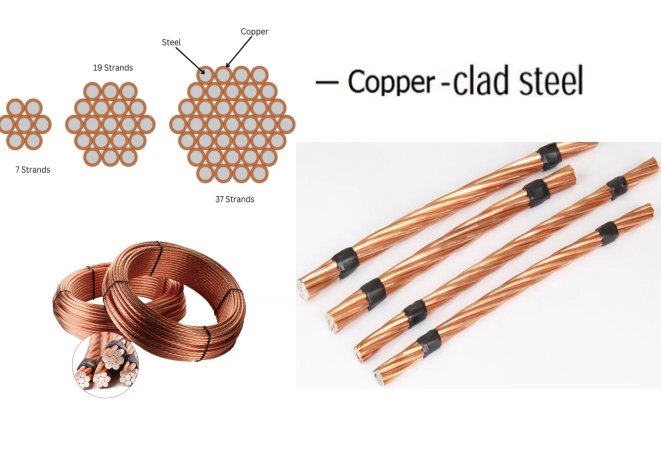When it comes to industrial compressed air systems, most operators focus on pressure ratings, flow capacity, and energy efficiency. However, one small yet essential component often determines the system’s long-term health — the air compressor air filter element. This unsung hero not only ensures cleaner air but also safeguards the compressor from costly damage, improves energy efficiency, and extends the lifespan of connected equipment. In this blog post, as a high performance compressed air filter manufacturer, Yuanmei will share the functions, maintenance and applications of air compressor air filter elements for sale.
1. What is Air Compressor Air Filter Element?
An air compressor air filter element is a specialized filtration component placed inside the compressor’s air intake or inline filtration unit. Its primary role is to remove contaminants — such as dust, dirt, oil mist, and other particulates — before they can enter the compressor’s internal mechanisms.
Depending on the design, filter elements are made from materials like:
-
Pleated paper media for fine particle removal
-
Synthetic fiber for enhanced durability and moisture resistance
-
Activated carbon for odor and vapor filtration
By removing harmful particles from the intake air, the filter element acts as the compressor’s first line of defense, keeping compression chambers, bearings, and valves free from abrasive wear.
2. Functions of Air Compressor Air Filter Elements
While it may seem small compared to the entire compressor unit, the air filter element impacts nearly every aspect of system performance.
2.1 Protecting Internal Components
Dust and airborne particles, if allowed into the system, can scratch and erode surfaces, leading to premature wear on pistons, rotors, and seals. Over time, this damage can cause inefficiency, overheating, and even system failure.
2.2 Ensuring Clean End-Product Quality
In industries like food processing, pharmaceuticals, or electronics manufacturing, air purity is not optional — it’s a quality requirement. A compromised filter element can allow contaminants to pass into downstream processes, risking product contamination.
2.3 Reducing Energy Loss
A dirty or clogged filter forces the compressor to work harder to pull in air, increasing energy consumption. Regular replacement ensures optimal airflow and reduces unnecessary power costs.
3. Common Contaminants Targeted by Filter Elements
An air compressor air filter element is designed to target specific contaminants present in industrial environments:
-
Solid particles – dust, metal shavings, sand, pollen
-
Oil aerosols – from lubricated compressors or surrounding machinery
-
Moisture droplets – which can lead to corrosion in air tools and pipelines
-
Chemical vapors – in specialized applications, activated carbon elements help absorb harmful gases
The choice of filter element type depends on the operational environment and the level of purity required.
4. Types of Air Compressor Air Filter Elements
4.1 Intake Filter Elements
Located at the compressor inlet, these remove larger particles before they reach the compression chamber.
4.2 Coalescing Filter Elements
Designed for oil-lubricated compressors, they remove oil mist and fine particulates from compressed air.
4.3 Activated Carbon Filter Elements
Used in applications where odor or vapor removal is critical, such as food packaging or medical gas supply.
4.4 High-Efficiency Particulate Filters
For applications requiring ISO Class 1 air purity, these elements capture extremely fine particles down to submicron levels.
5. Signs That Your Air Filter Element Needs Replacement
Over time, filter elements degrade due to trapped contaminants and moisture. Warning signs include:
-
Increased pressure drop – measurable through pressure gauges before and after the filter
-
Reduced airflow – noticeable decrease in compressor performance
-
Visible dirt or discoloration – physical inspection reveals a clogged surface
-
Overheating compressor – due to restricted air intake
Ignoring these signs can lead to higher energy bills and costly downtime.
6. Maintenance of Air Compressor Air Filter Elements
Maintaining your air compressor air filter element is simple yet essential:
-
Follow Manufacturer’s Replacement Interval
Most elements require replacement every 2,000–4,000 operating hours, depending on air quality. -
Inspect Regularly
Monthly inspections can catch early signs of clogging or damage. -
Avoid Over-Cleaning
Some elements, especially pleated paper types, are not designed for washing and may lose efficiency when reused. -
Use Genuine or High-Quality Replacements
Low-quality filters may have poor sealing, allowing contaminants to bypass the filter media.
7. Cost vs. Value: Why Quality Matters
It’s tempting to opt for cheaper aftermarket air filter elements, but the real cost of poor filtration is much higher:
-
Compressor damage repair – potentially thousands of dollars
-
Increased energy costs – due to higher pressure drop
-
Product quality issues – leading to rework or rejected batches
High-quality elements, while slightly more expensive upfront, provide better efficiency, sealing, and contaminant retention — ultimately lowering the total cost of ownership.
8. Industry Applications of Air Compressor Air Filter Elements
Some industries cannot operate without top-tier air filtration:
-
Pharmaceutical manufacturing – preventing contamination in cleanrooms
-
Food & beverage – keeping compressed air free from oil and odor
-
Electronics – avoiding static damage and microscopic particle interference
-
Automotive painting – ensuring flawless finishes without dust particles
In these cases, an air compressor air filter element is not just a component — it’s a compliance necessity.
Final Thoughts
The air compressor air filter element may be small, but its impact on system performance, energy consumption, and product quality is massive. Treating it as a critical investment — not just a replaceable spare — ensures that your compressed air system runs efficiently, your maintenance costs remain low, and your production standards stay high.
In industrial operations, clean air is not a luxury — it’s the foundation of reliability. And at the heart of that foundation lies the air filter element, quietly protecting your equipment day after day.
https://www.acf-filter.com/industry/functions-of-air-compressor-air-filter-elements.html
Yuanmei

More Stories
Copper Clad Steel Strand Wire for Solar Farm: Grounding Solution Balances Strength, Conductivity, and Cost
Kaisen: Leading Cyclone Separator Manufacturer Offers High Efficiency at Affordable Prices
Applications of Ozone in Water Treatment: Understanding Processes, Mechanisms, and Advantages